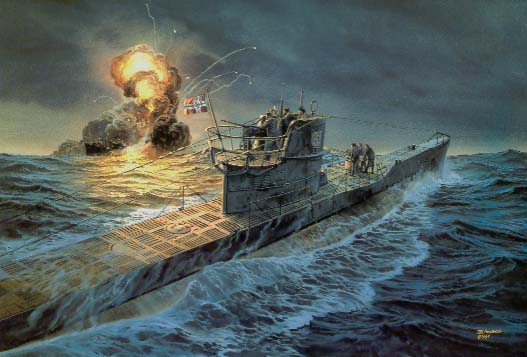
Since late 2006, the Science and Human Rights Program of the American Association for the Advancement of Science has compiled a set of high-resolution satellite images to document the ongoing conflict in Karen State and other regions of Burma. This study in Burma follows similar activities undertaken by AAAS on Zimbabwe, Darfur, and elsewhere as part of its Geospatial Technologies and Human Rights project.
Using ‘before’ and ‘after’ imagery, certain changes – such as the razing of a village – can be identified and analyzed. Specifically, by visually comparing the newer imagery with images collected prior to reported attacks, features such as villages and structures that have been removed in the intervening years are relatively easy to identify. Likewise, new construction, such as military bases or recently added villages, is also relatively easy to identify. Some other features, such as agricultural abandonment and burn scars, can be tentatively identified, though they may require deeper levels of analysis not always feasible. Visual inspection of the imagery is the primary methodology in use, and in some circumstances multispectral analysis is also utilized.
The entire 43 page report of the Burma Conflict is complete with analysis and comparative high-resolution satellite image. [more]





